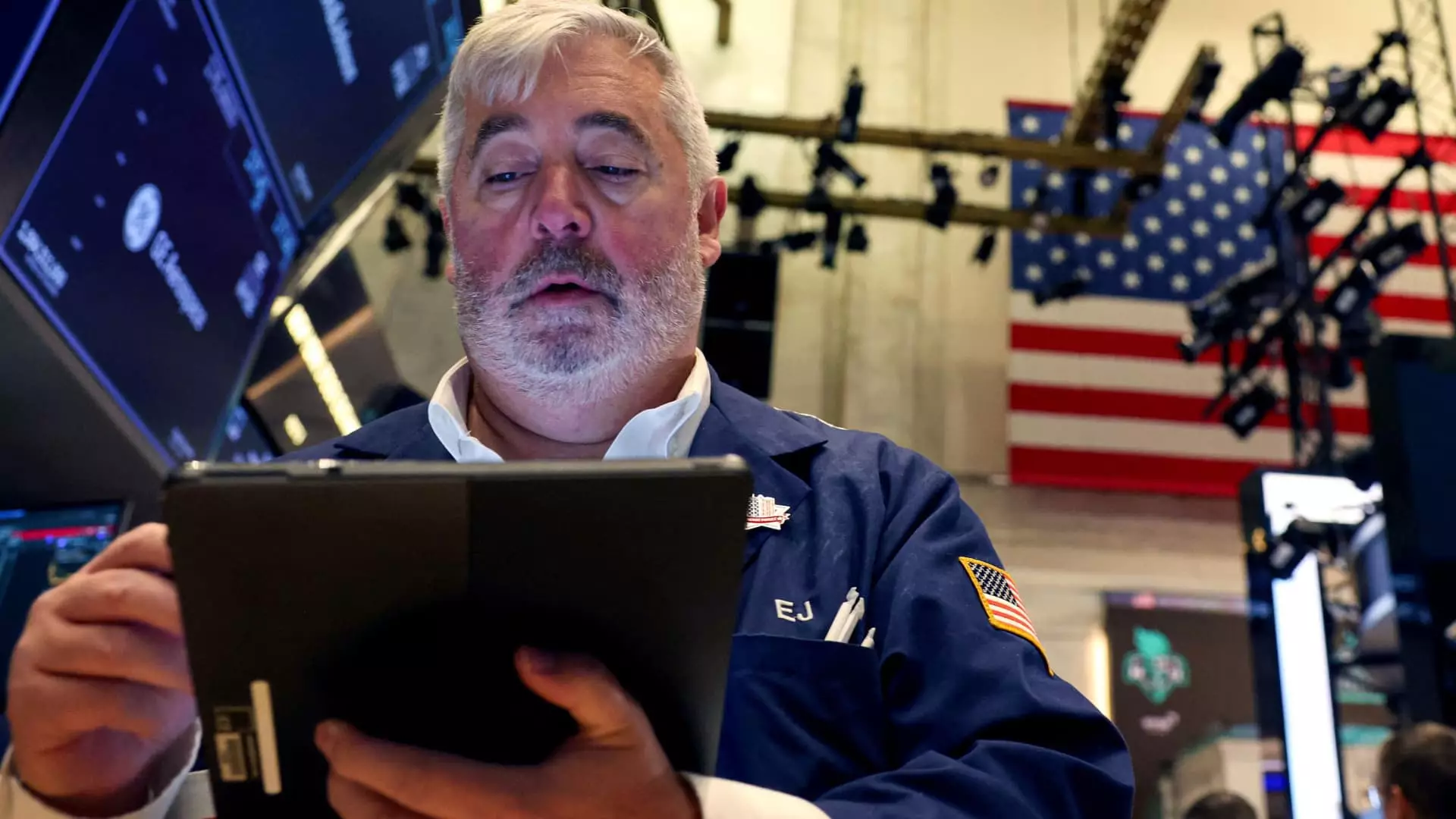The financial markets are often the first to react to political events, and this was evident in the recent shift in Treasury yields. As election results from the razor-thin presidential race trickled in, unveiling a neck-and-neck competition between Vice President Kamala Harris and former President Donald Trump, investors adjusted their portfolios based on the burgeoning uncertainties tied to potential economic policies. This article examines the driving forces behind the recent uptick in Treasury yields and the broader implications for both markets and economic outlook.
The reaction of Treasury yields in the context of election outcomes is a phenomenon understood by many investors, with yields rising sharply as uncertainty about government fiscal policies stirs anxiety. Recently, the 10-year Treasury yield experienced a notable increase of 14 basis points, rising to 4.431%, the highest seen since early July. Similarly, the two-year Treasury yield surged by 8 basis points to reach 4.285%, suggesting that shorter-term investors are preparing for a whirlwind of potential policy shifts. With the expectation that Republican control, led by Trump, could bring significant changes such as tax cuts and steep tariffs, traders are positioning themselves accordingly.
One of the foundational principles in finance is that yields and prices possess an inverse relationship. Thus, as yields climb, the prices of existing bonds decline. This dynamic reflects the risk perceived by investors, as many are preparing for a scenario where government spending and fiscal measures could inflate deficits and impede long-term economic stability. Analysts and market watchers voiced concerns that neither presidential candidate appears committed to mitigating budgetary excess, further incentivizing investors to demand higher yields as compensation for increased risk.
While NBC News projected critical wins for Trump in battleground states like North Carolina and Georgia, a photographer’s lens focused on the real-time implications: Wall Street’s expectation of a major bond market shakeup. Jeremy Siegel, a respected finance professor, expressed his viewpoint on CNBC, predicting a volatile bond market if Trump were to reclaim the presidency in addition to Republican dominance in Congress. Siegel’s forecast echoes sentiments held by other market insiders, reflecting the perception that forthcoming Republican policies could yield sweeping implications for the fiscal landscape and elevate bond yields.
Moreover, experts like Byron Anderson, the head of fixed income at Laffer Tengler Investments, noted a significant selling trend in bonds across the yield curve, marking a clear shift towards a bond market anticipating a Trump victory. A Republican sweep, envisioned by many market analysts, could mean aggressive fiscal policies, thus eroding market confidence and leading to a surge in yields. Investment professionals, cognizant of historical trends, have been keeping a close watch on how these political outcomes might shift fiscal strategies and ultimately impact the broader economy.
With current projections indicating a possibility of yields rising to 4.5% under a Trump victory while potentially retreating to around 4% if Harris secures the win, the predictive nature of financial markets becomes evident. Stephanie Roth, the chief economist at Wolfe Research, shared insights into the fluctuating trends in yields based on respective potential administrations. Siegel added that a divided Congress, regardless of the presidential outcome, might create a stabilizing force, limiting the ability of either party to enact sweeping fiscal reforms.
The implications of these election outcomes run deep, extending beyond immediate market movements. October’s 50 basis points hike in the benchmark 10-year Treasury yield marked the steepest monthly increase since September 2022, implying heightened volatility. Coupled with an anticipated Federal Reserve meeting—and unconfirmed expectations of an interest rate cut—the stage is set for intriguing developments in the financial landscape.
The rise of Treasury yields amid the competitive presidential race serves as a stark reminder of the interconnected nature of politics and economics. As investors brace for potential policy changes depending on the election outcome, the mood on Wall Street remains cautious, with the potential for further fluctuations as the political narrative unfolds.

